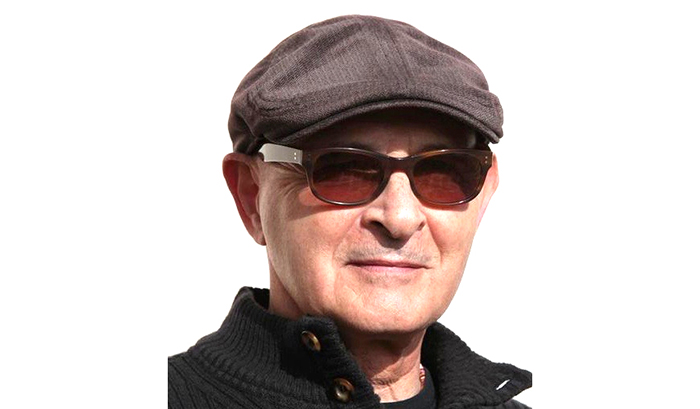A new client is an avid fisherman suffering severe motion sickness, sea sickness. It is so distressing because he loves to fish, and this is keeping him from his favorite pastime.
He feels he is a good hypnotic candidate. As a 16-year-old, his parents took him to a psychiatrist for a bed wetting problem. One session brought a resolution. He never wet the bed again.
He remembered talking with the psychiatrist. The next he knew, he was awakening waking up from a trance. He could not recall anything.
In my sessions I ensure that the client remembers everything that occurs while hypnotized.
In addition he already had seen another hypnotist. After six sessions, the hypnotist said: “I pronounce you cured.”
He told me that he was not cured. He felt he had wasted his money.
I explained to him that in California that hypnotherapy was for habit control, vocational and avocational changes.
Under no circumstances do we cure. Only doctors cure.
Difference a Century Makes
I was reading a wonderful book written in 1904 called “The Art of Hypnotism and Mesmerism.” A fascinating read, they discovered many of the things that now are commonplace for hypnosis.
Fascinatingly, the author said that we hypnotists, are simply “operators of hypnosis.”
If a person is unwilling to cooperate, nothing a hypnotist does will hypnotize the person. The subject must be willing.
I pointed out my concern about what the other hypnotist had said. My client said what he was told did not matter. Hypnosis had not worked for him, which really surprised him.
He felt he did not go as deep as he had when he was 16. I explained that as a hypnotist who has helped hundreds of people as well as having conducted entertaining stage shows, one always seeks the deep-level hypnotic candidate.
Known as somnambulists, they will go to the deepest levels of hypnosis extremely quickly. The record for my clients is 1.5 seconds.
At age 16, certain areas of the brain are not fully formed. One is impulse control. Anyone who hypnotizes kids finds all go deep quickly.
At my client’s more advanced age, he was not as susceptible to hypnosis. He goes deep enough.
Unfortunately the previous hypnotist had not done any suggestibility testing to determine the best way to talk to his subconscious.
We all talk in a mixture of two different ways, literal and inference.
For example:
Literal: “No food or drink permitted in the store.”
Inference: “Thanks for leaving your food outside.”
I gave my client a questionnaire which gives a guide to the way I would speak to him. After testing his suggestibility, I was able to take him to a deep level. We resolved his sea sickness.
Motion sickness is largely caused by confusion between what the eyes see and what the ears detect, ultimately what the brain perceives. The balancing mechanisms responsible for this are found in the ear. Sensitive, they detect the motion of a journey in most types of vehicles, including little bumps and all the twists and turns because of the “g force” that they exert on us.
This motion-detecting mechanism found in the ears sends these signals to the brain, where they are interpreted as the body being in motion.
When looking around the vehicle, eyes will send a message to the brain, sometimes interpreted as the body being still, since a lot of what we can see is inside the vehicle and not moving.
These conflicting messages can cause nausea, even sickness.
Motion sickness happens because the brain realizes that it has a problem with its perception. It knows something is wrong if it is receiving two different messages.
Hypnosis helps the subconscious to reconcile the movement and non-movement. This helps the client to relax, and to alleviate the nausea without drugs.
Although my client’s sessions are ongoing, both of us are confident hypnosis is resolving his debilitating problem.
Do not hesitate to contact me by telephone, 310.204.3321, or by email at nickpollak@hypnotherapy4you.net. See my website at www.hypnotherapy4you.net








